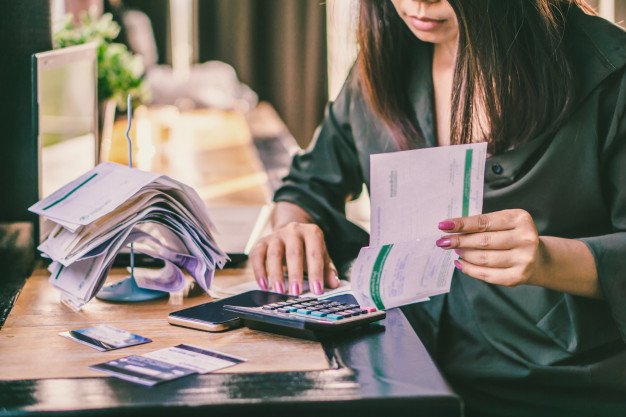Buying an RV requires making a huge decision that you should not take lightly. As an RV is a major investment, it is important that you do your research so you will know what your options are. If you do a bit of prep work, you can save yourself from making a purchase of the wrong type of RV that you will eventually regret. There are factors that will influence your decision.
What is your financial situation?
When it comes to determining your interest rate, there will be aspects of your financial situation that will come into play. These factors will include your financial history, your income, and the amount of money you are able to pay, which will serve as your downpayment. Before you consider shopping for RVs, you need to assess your finances first. Analyze how much you can afford before shopping around. By knowing your financial standing, you will know the amount of money you need to pay throughout the duration of your loan.
If you think you will not be able to manage your finances when buying a new RV, do not lose hope. In recent years, the used RV market has seen an explosion. There are so many options out there with less miles and exceptionally long feature lists. You can easily go for used rv financing to get your dream machine and be out on the open roads with your family. Here, the interest period will be lower, along with the premium rates and processing fees.
What is the price you can afford?
Buying an RV entails spending a large amount of money. An RV combines both aspects of purchasing a home and purchasing a car. A car will depreciate quickly. In a few years, you will notice that its value decreases by 5%. If converted to cash, it can be a big amount. It is important that you know the type of loan you are getting yourself into. Having the ability to pay back the amount before your RV depreciates is important.
Avoid These Financing Mistakes:
1. Not accurately estimating what you can afford:
Compared to a regular passenger vehicle, RVs cost much more. In fact, you can expect to invest in an RV to be similar to investing in a real estate property. Some who are eager to buy an RV will exhaust all ways and means to secure a loan. However, when the times comes when you need to pay back your loan, this is where a series of problems start creeping in. Without carefully analyzing how much you can afford, you will end up having difficulties catching up with your loan.
Before you take the plunge, you can use a personal loan calculator so you can estimate the monthly payments and interest you will have for an RV loan. The calculator will also provide you with essential details like your amortization schedule. When financing an RV for the first time, these details are going to be a big help. Aside from taking the taxes, loans and registration fees for owning an RV into account, you should also include the campsite and storage fees, the costs of maintenance, utility costs, and mileage rates.
2. Not reviewing your credit score:
As part of taking out a loan, it is your responsibility to know your credit score as this can have an impact on your RV loan. If your credit score is in the mid-700s or higher, it is considered as the best rate. A credit score of 700 is also a good score. While a credit score in the 600s can still qualify you for a personal loan, your interest rate will be much higher. You should also keep in mind that the interest rates vary from state to state. However, borrowers with bad credit scores are expected to have higher interest rates which can go up to 24%.
3. Not doing thorough research:
It can be tempting to settle for the first loan offer you get, but this can spell trouble. Regardless of the type of loan you consider, taking the time to do your research is important. Lenders have different payments terms. Some offer lower interest rates while others are a little bit higher. When you are financing an RV, you should also understand the RV policy being offered.
It might be similar to regular car insurance, but there is coverage that is specific to an RV. One of which is property insurance because you essentially consider your RV as your home when you are using it. You should also know the difference between an auto loan and unsecured RV loans before you make a decision.
4. Owing more than the future sale price:
One thing that you need to understand about owning an RV is that it can depreciate by as much as 30% once you start using it. That said, you are at risk of paying more than the future sale price of your RV. You can avoid this from happening by paying a large downpayment so you will owe less when you decide to sell or trade your RV. Another technique you can employ is by starting small until you have the capacity to invest in a larger RV. By buying a lower-priced RV that you can pay off, it will be easier for you to trade it in an improved model in the future without risking falling behind your monthly payments.
Buying an RV can be quite complex. You need to be thorough so you will know the implications of taking out a loan. A Dallas RV dealer will be able to help you weigh your options and find the best deal.
Read Also:






















